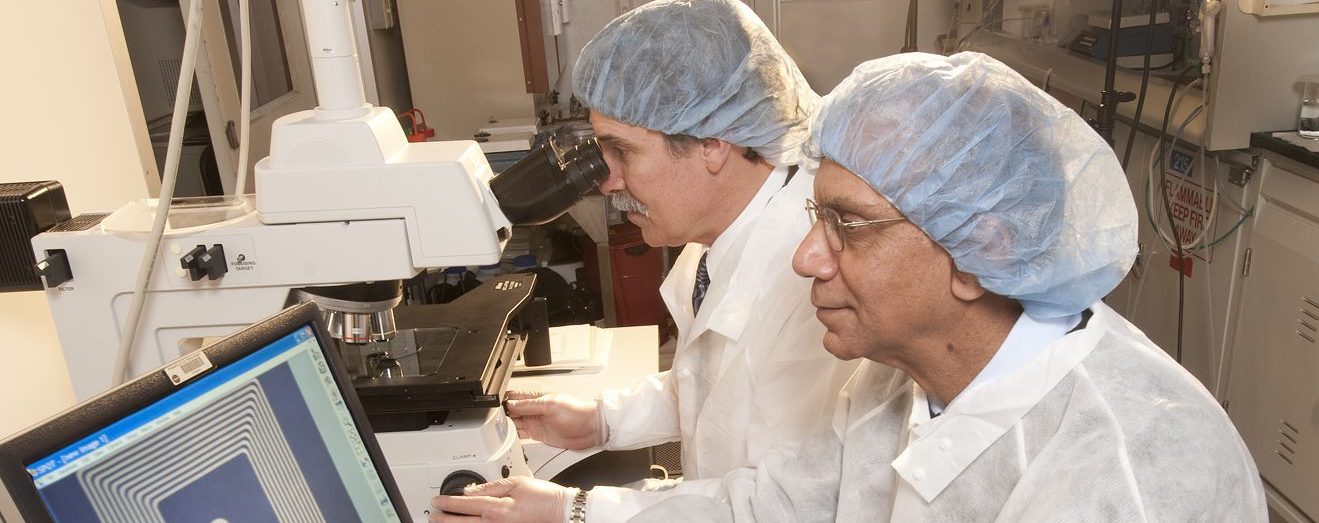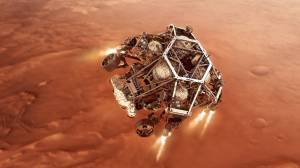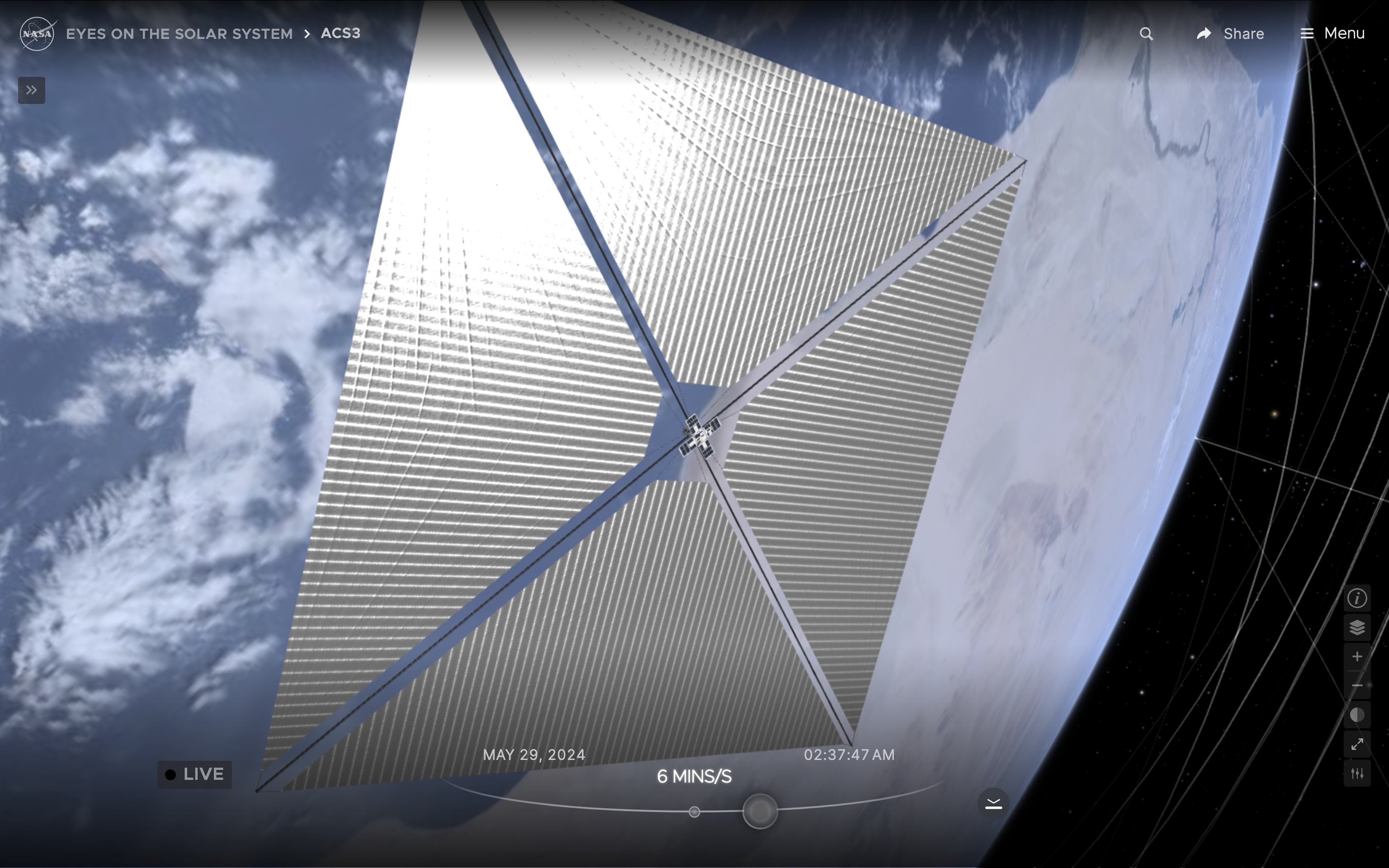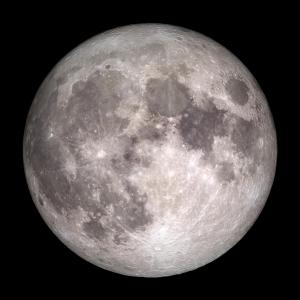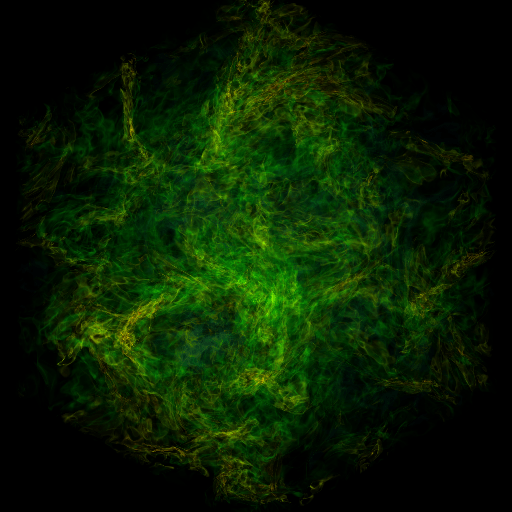Pioneering NASA Astronaut Health Tech Thwarts Heart Failure
Prioritizing health is important on Earth, and it’s even more important in space. Exploring beyond the Earth’s surface exposes humans to conditions that can impact blood pressure, bone density, immune health, and much more. With this in mind, two NASA inventors joined forces 20 years ago to create a way to someday monitor astronaut heart […]

3 min read
Preparations for Next Moonwalk Simulations Underway (and Underwater)
Prioritizing health is important on Earth, and it’s even more important in space. Exploring beyond the Earth’s surface exposes humans to conditions that can impact blood pressure, bone density, immune health, and much more. With this in mind, two NASA inventors joined forces 20 years ago to create a way to someday monitor astronaut heart health on long-duration spaceflight missions. This technology is now being used to monitor the health of patients with heart failure on Earth through a commercial product that is slated to launch in late 2024.
NASA inventors Dr. Rainee Simons, senior microwave communications engineer, and Dr. Félix Miranda, deputy chief of the Communications and Intelligent Systems Division, applied their expertise in radio frequency integrated circuits and antennas to create a miniature implantable sensor system to keep track of astronaut health in space. The technology, which was created at NASA’s Glenn Research Center in Cleveland with seed funds from the agency’s Technology Transfer Office, consists of a small bio-implanted sensor that can transmit a person’s health status from a sensor to a handheld device. The sensor is battery-less and wireless.
“You’re able to insert the sensor and bring it up to the heart or the aorta like a stent – the same process as in a stent implant,” Simons said. “No major surgery is needed for implantation, and operating the external handheld device, by the patient, is simple and easy.”
After Glenn patented the invention, Dr. Anthony Nunez, a heart surgeon, and Harry Rowland, a mechanical engineer, licensed the technology and founded a digital health medical technology company in 2007 called Endotronix, now an Edwards Lifesciences company. The company focuses on enabling proactive heart failure management with data-driven patient-to-physician solutions that detect dangers, based on the Glenn technology. The Endotronix primary monitoring system is called the Cordella Pulmonary Artery (PA) Sensor System. Dr. Nunez became aware of the technology while reading a technical journal that featured the concept, and he saw parallels that could be used in the medical technology industry.
The concept has proven to be an aid for heart failure management through several clinical trials, and patients have experienced improvements in their quality of life. Based on the outcome of Endotronix’s clinical testing to demonstrate safety and effectiveness, in June 2024 the U.S. Food and Drug Administration granted premarket approval to the Cordella PA Sensor System. The system is meant to help clinicians remotely assess, treat, and manage heart failure in patients at home with the goal of reducing hospitalizations.
“If you look at the statistics of how many people have congestive heart failure, high blood pressure… it’s a lot of people,” Miranda said. “To have the medical community saying we have a device that started from NASA’s intellectual property – and it could help people worldwide to be healthy, to enjoy life, to go about their business – is highly gratifying, and it’s very consistent with NASA’s mission to do work for the benefit of all.”
What's Your Reaction?































